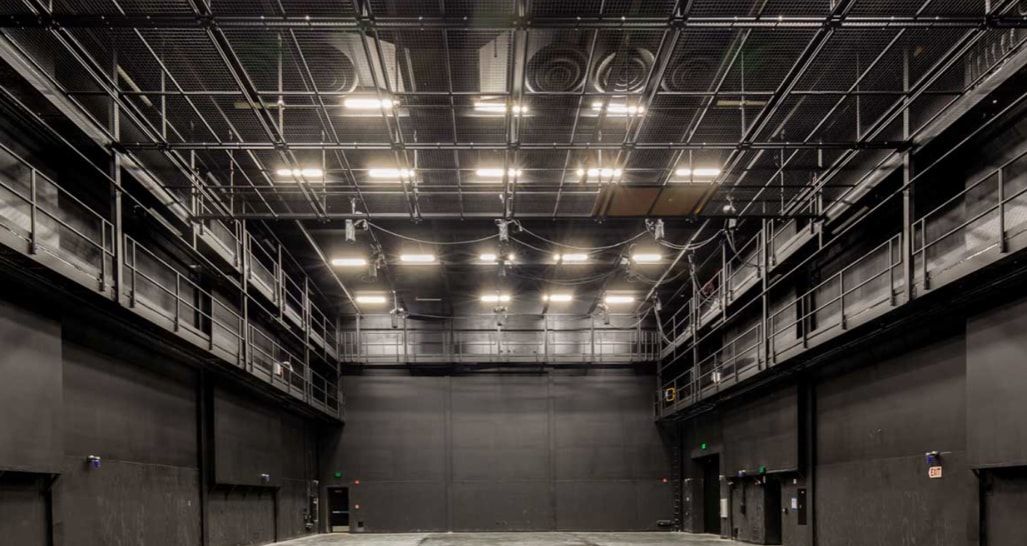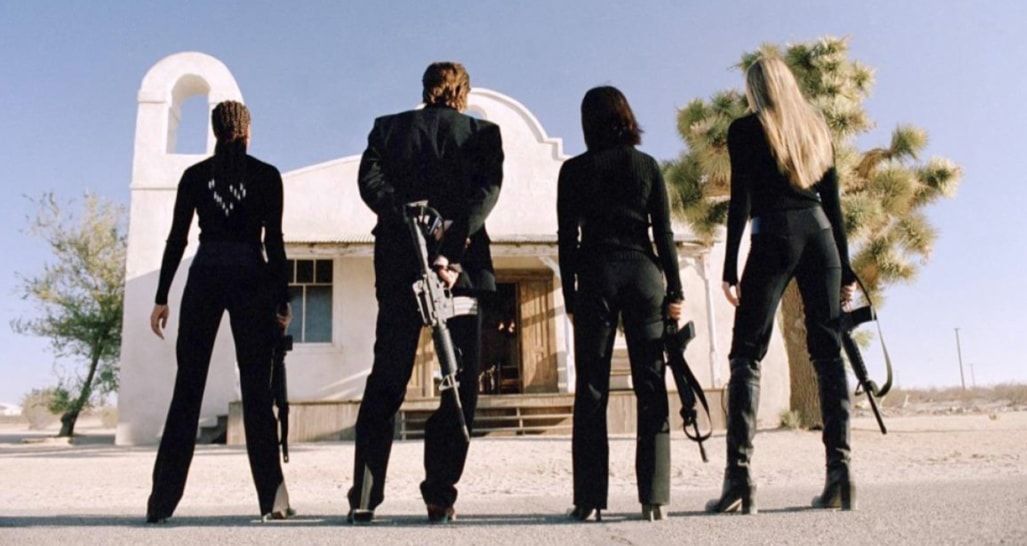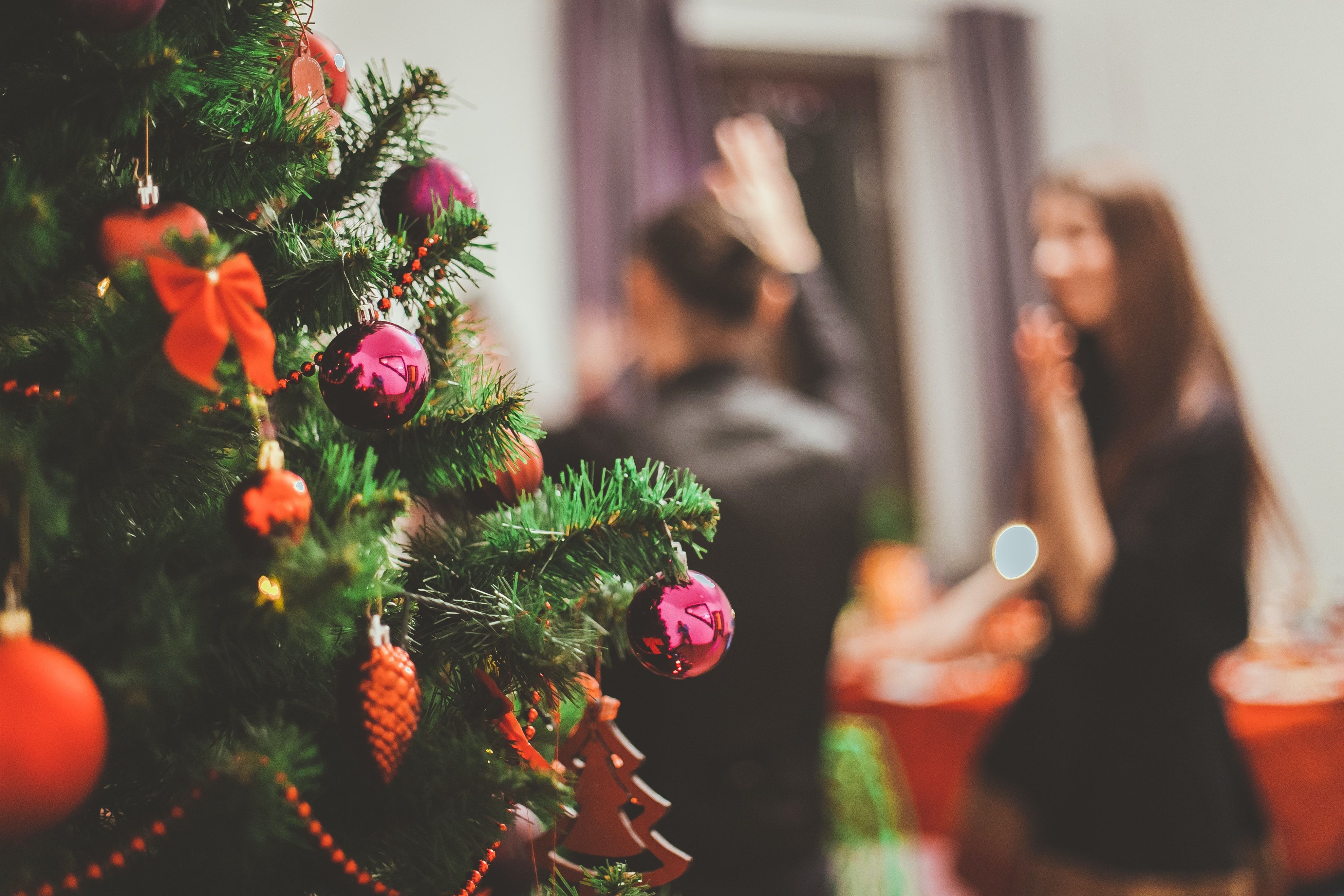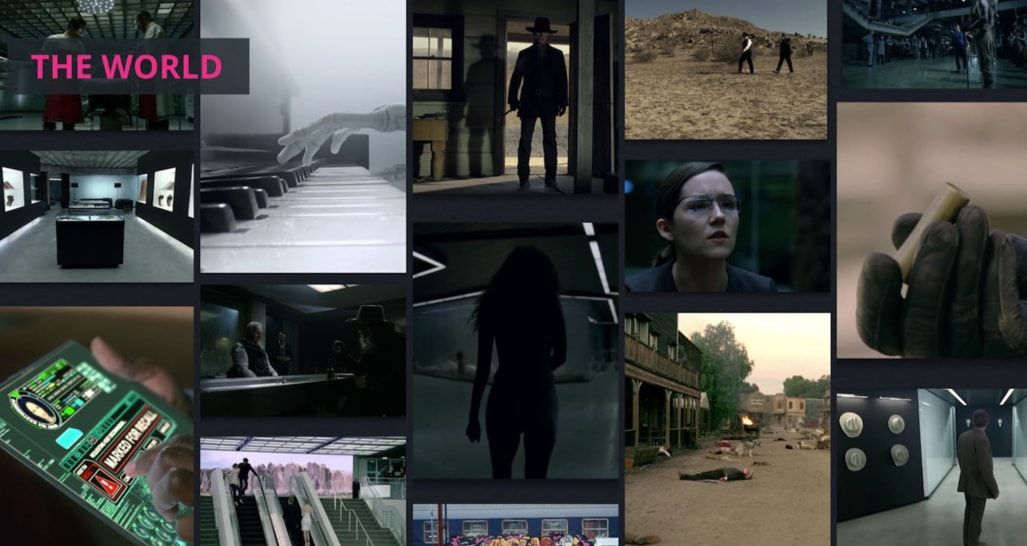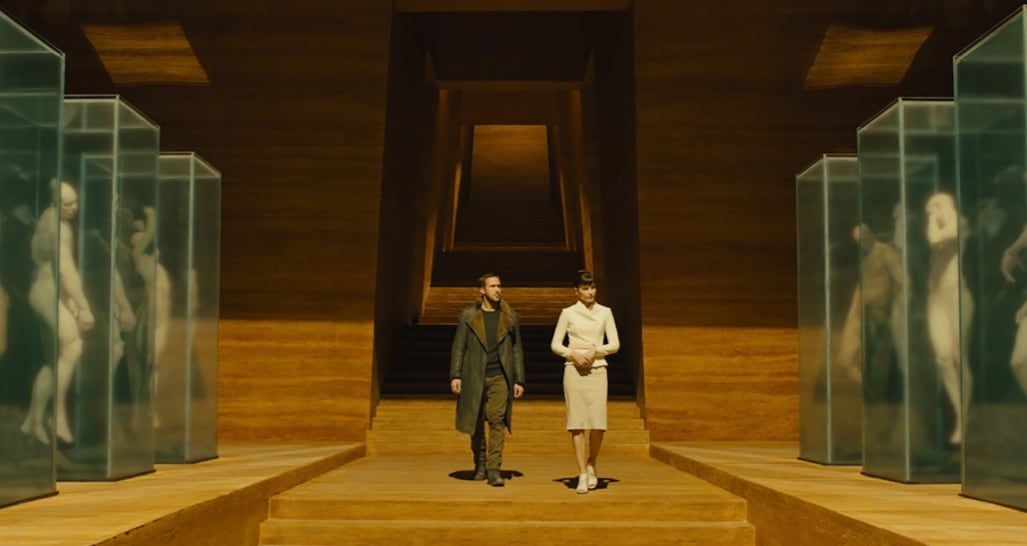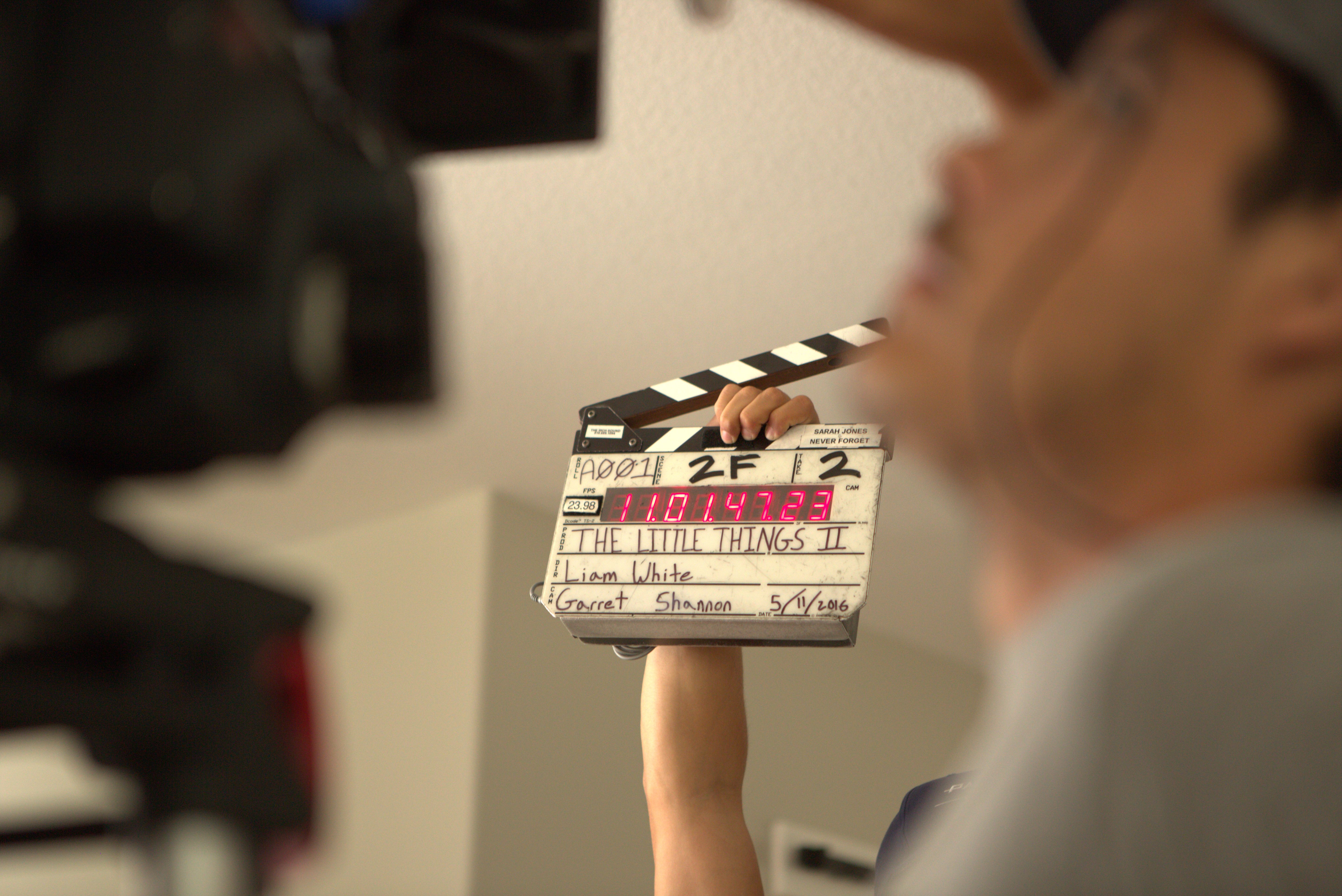Thought Piece
How to find sound stages & studios for video shoots

A key component of any video shoot is undoubtedly location. Your choice of location will affect the parameters of your production workflow and ultimately factor into the visual, auditory, and emotional landscape of your production (no pressure). It’s an important decision, and it can be easy to become paralyzed by choice overload – but fear not; we’re here to help! As long as you’ve got a clear understanding of your priorities and budget, you’ll soon be on your way to scouting out the right fit for your video. In this guide, we’ll cover the features of studios and sound stages and point out some helpful things to consider in your search. (Check out our upcoming articles on scouting out indoor and outdoor locations.)
What is a studio?
A studio is simply a space for filming in which elements like lighting, sound, and background are controlled. This can be a room, building, or even an outdoor backlot. (We’re all quite familiar with those elaborate backdrops used in Hollywood films, or the classic green screen.)
What is a sound stage?
A sound stage is essentially a studio that is soundproofed. Audio recording done here should be free of extraneous noise, whether from outside or from the studio’s own ventilation system.
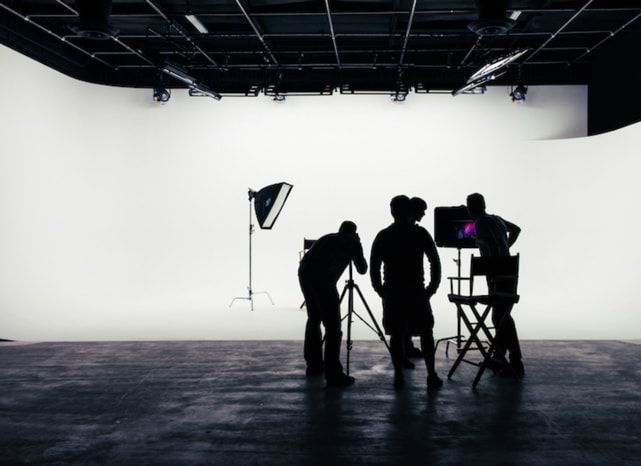
Why a studio rather than an existing indoor or outdoor location?
Filming at a studio affords you privacy and greater control over the look and sound of your video. With a studio space, you can more freely build set elements and avoid having your shoot dictated by weather conditions or possible interruptions. Shooting at a studio also gives you the option of doing green screen or blue screen work.
Should I use a studio or a sound stage?
If the audio in your video is going to be recorded or produced at another time and added in post-production, using a non-soundproofed studio is sufficient – you’ll only need to focus on the visual aspect of your shoot. However, if you need to record dialogue, scene noises, or sound effects, or otherwise simultaneously record image and sound, it is generally preferable to film on a sound stage.

Beyond Empty Space: What does a studio or sound stage come with?
A studio or sound stage is typically equipped with a whole host of features and amenities to facilitate your shooting needs. Renting a studio space can cost anywhere from a couple hundred to a few thousand dollars per day, depending on the availability and capability of said features, among other factors. Here are some examples of what might be included with a studio, either bundled with the space or available for additional rent:
- Equipment: camera, lighting, grip, playback, and sound systems
- Equipment access: loading docks, lifts, large car access
- Power and electricity: floor/wall/ceiling outlets, HDMI/ethernet connectivity
- Access to natural light: windows, skylights, blackout curtains
- Rigging: pipe grids, trusses, etc.
- HVAC: heating, ventilation, and air conditioning
- Set pieces: existing furnishings, décor, and props
- Special effects: cyclorama, green screen, wind machine, fog machine, etc.
- Support space: control room, rehearsal space, production offices, edit bay, voiceover/sound booth, set storage, workshop (for set-building)
- Amenities: dressing rooms, hair/makeup rooms, green room (lounge space for cast and crew), space for craft services, kitchen, restrooms, showers, lockers, wifi, parking
- Production packages: additional crew to help with camera, lighting, grip, AV, design, catering, and any other production needs
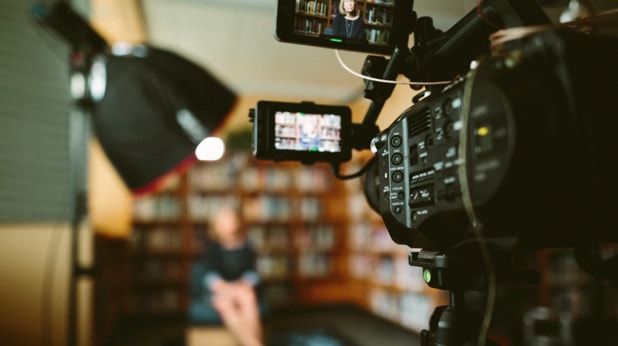
Executing the Search: How to look for a studio or sound stage
There’s a wealth of studios and sound stages out there, but how do you find them? Of course, the classic “film studio/sound stage near me” Google search might return some decent results. Studios that maintain up to multiple stages on their premises will advertise their facilities on their own websites. But if you’re looking to filter your search more specifically, online marketplaces like Giggster and Peerspace are particularly great for finding film shooting locations. Similarly to Airbnb, you can use these sites to read reviews and get in touch with location owners. Other databases include Spacefy, LocationsHub, and ProductionHUB.
If you’re running on a limited budget, it might also be helpful to consider your connections and see if you can pull some strings (legally, of course…). You can also look into whether there are any studio co-ops in your area that you can join to have the opportunity to reserve studio time each month.
So, you’ve got the knowledge. You’ve got the tools. It’s go time, right?
Wait, Wait…All Things Considered
Before searching out studio options, it’s important to think through and identify what you are looking for in a filming space. What are your non-negotiable needs? What do you already have? It’s also a good idea to have a thorough understanding of your budget and decide to what degree of financial flexibility you’re willing to work with. Here are some points to consider as you jump into the location search:
- Time: How many hours or days do you need for your shoot?
- You may be able to rent for however long you’d like, but some studio spaces may require you to rent for a minimum number of hours.
- Hours: What are the space’s hours of operation? Does this line up with the production schedule or the availability of your cast and crew?
- Size: Are the studio dimensions appropriate for your production, considering set design, lighting and other equipment, and the number of people that will be on set?
- Capacity: Does the facility accommodate the size of your cast and crew? Are the amenities sufficient (e.g. is there enough dressing room space)?
- Some studios may enforce a maximum on the number of people who can be on set, while other studios may charge higher prices for larger casts and crews.
- Location: Is it noisy outside the studio? Is it located near an airport, freeway, railway, or highly populated area? Will there be any major events happening nearby during the shoot?
- The importance of these questions may change depending on whether you are planning to use a studio or sound stage.
- Convenience: Is the space accessible for all cast and crew? How far is it from their homes? What is the on-site parking situation? Is it located in a safe area?
- Equipment: What does the space come with? Do you already have all the gear you need, or do you need to find a space that can make up for any holes in your inventory?
- Equipment access: Is the point of entry or loading large enough to allow for safe loading of set pieces and equipment?
- Lighting: Does your shoot call for natural or artificial light? Does the space have windows and/or blackout ability? Is the lighting apparatus appropriate?
- Floors, walls, and backdrops: Is there a preference for concrete flooring? Wood-paneled walls? Brick? White or black background? Paper backdrops? Cyclorama? Green screen?
- Ventilation: Will you need air conditioning or heating during the shoot? How will that affect the sound recording?
- Restrictions: Are there any restrictions (smoking, drinking, cooking, pets, etc.) that are relevant to your shoot?
- Amenities and support space: What additional facilities beyond the shooting space are essential? What additional facilities are helpful, but not necessarily required?
- Production assistance: Do you already have all the manpower you need, or would you prefer a space that provides more hands on deck?
- Insurance and permitting: Does the space have a location permit? Will you need to spend more money on insurance and/or permitting?
- Price: After considering all the relevant questions regarding location, what cost range are you looking at? Remember to factor in the costs of any extra equipment, amenities, or other packages that you’ll need for each location you’re considering.
When in Doubt, Scout It Out*
*If you haven’t seen it in person yet, you’re in doubt.
When possible, try to read reviews on the locations you’re interested in. Take note of the studio’s former clients, and look at photos and videos from those past shoots to see examples of how the space can be customized and utilized. But at the end of the day, you’ll need to back up all that stellar research with an in-person visit. Arrange to check out your locations of interest before you commit to one. If sound recording is an essential part of your shoot, be sure to listen closely to any ambient or interfering sound that might be present. Listen in silence, regardless of whether the studio claims to be soundproof or not. Talk, clap, snap, stamp, and produce any other noise to test out how sound exists within the space. Turn on the heating or air conditioning that you plan to use and listen again.
All the best of luck in finding the right sound stage or studio for your production. Scout away!

